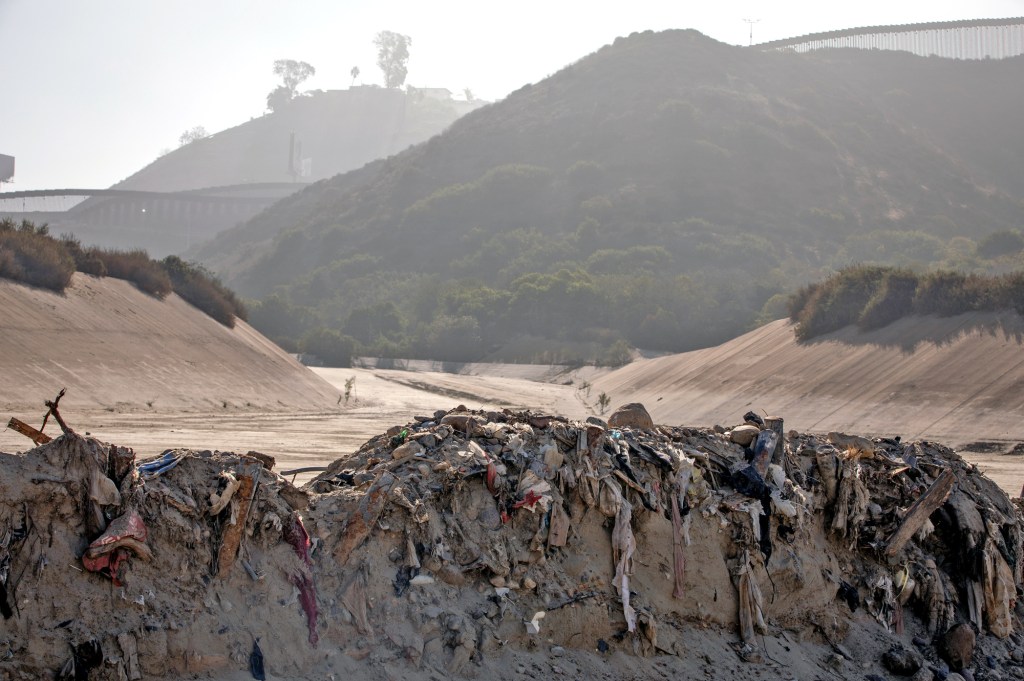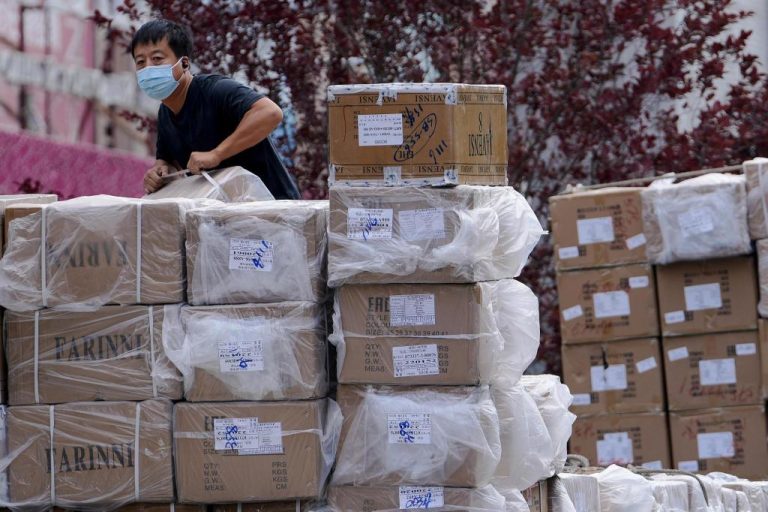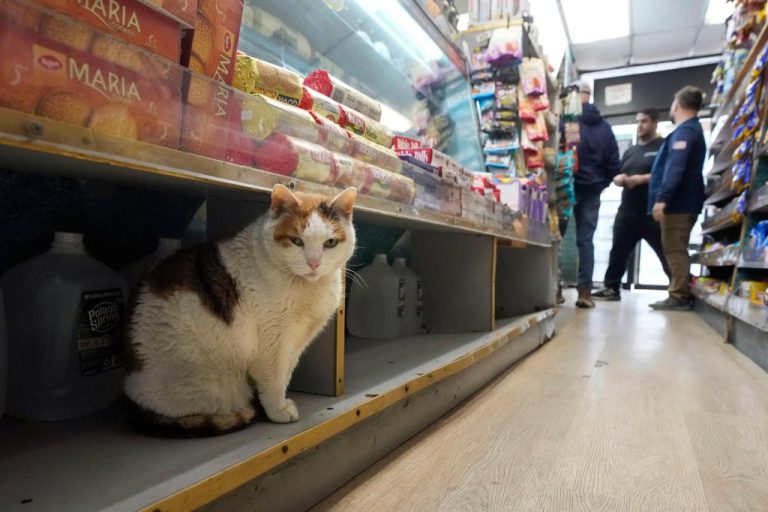
It was a year in which the Tijuana River — the polluted corridor that carries sewage, trash and toxins across the U.S.-Mexico border — was labeled one of America’s most endangered rivers.
A year researchers and local government officials disagreed on whether the stinky sewer gas rising from the water and drifting through southern San Diego County neighborhoods was a public health hazard.
A year when the region logged its 1,000th day without clean ocean water, the nation’s top public health agency finally committed to surveying South County residents about their illnesses and the regional air pollution control district launched its first-ever air quality index to measure levels of hydrogen sulfide, a highly toxic gas.

In 2024, it seems that the decadeslong sewage crisis that has wreaked havoc on the region’s environment, economy, military readiness, and everyday life received the scrutiny it warranted.
“Arguably, we can say that there’s more attention than we’ve ever had on this issue,” said Imperial Beach Mayor Paloma Aguirre, whose small coastal community is among the most impacted. “But it’s also the worst it’s (pollution) ever been. And the more we understand it, the more we realize how incredibly concerning the public health implications are.”
There was lobbying at all levels of government: urging county public health officials to investigate reported illnesses, renewing calls to Gov. Gavin Newsom and President Joe Biden to issue an emergency declaration and pushing Congress to release additional funding to repair broken wastewater treatment infrastructure.
And South County residents didn’t leave the fight for solutions up to elected officials and government agencies. They organized rallies, wrote letters to their representatives, logged hundreds of air quality complaints, let researchers into their homes to study how pollution may impact their health, and filed class-action lawsuits.

Several cliffhangers await in 2025: What will public health surveys reveal? How will President-elect Donald Trump address cross-border pollution? Will he keep or replace the well-respected U.S. International Boundary and Water Commission leader, Maria-Elena Giner? Who will succeed county supervisors Chair Nora Vargas, who abruptly announced she would not serve her new term after being re-elected? And how effectively will infrastructure repairs keep the seasonal Tijuana River free of flows during dry weather?
In October, the Centers for Disease Control and Prevention asked more than 200 randomly selected households near the Tijuana River how the toxic mix of untreated wastewater and other contaminants that spill over the border affects them. That same month, the federal Agency for Toxic Substances and Disease Registry opened an online survey to quantify how many people have been exposed to pollution, the symptoms they’ve potentially experienced and what immediate support they may need.
County officials, who worked with the state to enlist the CDC, are expected to release those results early next year.
Residents have reported experiencing symptoms such as chronic coughs, headaches, watery eyes, nausea and diarrhea following heavy rains that bring more polluted flows into the river and after breathing sewer gas odors they say wake them up at night.
Local public health officials have said they have not seen an increase in reportable illnesses in South County. That’s due, in part, to the fact that the county only tracks certain illnesses, leaving gaps that fail to show the full extent of the problem. Ankita Kadakia, the county’s interim public health officer, had said the outcomes will help the department better assess those gaps and guide their next steps “to bring more help to this community.”
For many South County residents, the presence of county and federal public health agencies, as well as university researchers, brought relief that a better understanding of potential long-term exposure risks is underway.
Things were much different in September, nearly a month before the CDC’s visit.
The public received mixed messages about whether the air they breathe posed an imminent danger. Researchers from UC San Diego and San Diego State University raised alarms after detecting “concerning” levels of hydrogen sulfide in the Tijuana River Valley, near several homes and schools. But the county’s hazmat team couldn’t produce those same levels. Vargas told her constituents in a news conference that the air was safe.

That infuriated many who say they can’t rule out exposure to polluted air as the potential cause of their new or exacerbated respiratory problems. They are urging continuous monitoring of gases and medical intervention in 2025.
“We need to deploy mobile clinics,” said Aguirre. “We need to be testing children to see what types of pollutants or pathogens are in their bloodstreams, especially around the Nestor, San Ysidro and Imperial Beach areas. We need ongoing monitoring of these pollutants.”
Cue the San Diego Air Pollution Control District, a new player in the fight against Tijuana River sewage pollution.
It rolled up its sleeves this year amid myriad sewage-related odor complaints.
“Since July of this year, we’ve received over 2,300 complaints and that’s more than we’ve ever gotten for any single source,” said district Air Pollution Control Officer Paula Forbis. “In a typical year, we would get 800 complaints, overall, for all sources in the county.”
In response, the district did something it had never done before: It filed an air pollution violation against the IBWC, the federal agency responsible for treating Tijuana sewage before releasing it into the Pacific Ocean. The notice alleged that it had caused a public nuisance after a June malfunction of its pump station on Hollister Street, which led to a five-hour spill of about 302,000 gallons of untreated wastewater. IBWC officials rejected the complaint, arguing that its repair efforts are severely compromised by uncontrollable volumes of wastewater and sediment coming from Tijuana. A settlement is still being worked on, Forbis said.
Months later, following a September heat wave that trapped nauseating sewer gas odors, the district launched an online dashboard to track sewer gas levels and an index to advise the public on what to do.
The goal of monitoring and producing data, Forbis said, is to keep the public informed and ultimately bring more attention and resources for solutions.
In January, the district plans to distribute 10,000 air purifiers to affected households. It also plans to buy a mobile air-monitoring vehicle.

Poorly managed and insufficient wastewater infrastructure on both sides of the border is at the crux of the crisis. The IBWC and its contractor, Veolia Water North America, together tasked with cleaning sewage that makes its way over the border, had a roller coaster of a year.
The federal agency faced new litigation, and much scolding from members of Congress and a disappointed regional water board for its inability to comply with federal water quality standards.
But it also had a productive year under Giner’s leadership and efforts by many to work with its Mexican counterparts.
Mexico broke ground on its dilapidated San Antonio de los Buenos plant in Baja California in January. Officials estimate the facility will be online by early next year, which should help reduce beach closures dramatically. In the fall, the U.S. kickstarted a yearslong project to repair and expand its plant. The IBWC says conditions will improve gradually.
Thanks to unwavering efforts by San Diego County’s Congressional delegation, the IBWC also scored an annual budget boost of more than $100 million. Congress also amended the law to allow the federal agency to receive funding outside of the Department of State. And just last week, they secured an additional $250 million to cover the remaining costs for the plant’s repair and expansion project.

In-house, Giner pushed for a long-overdue overhaul.
“When I got there, it was a plethora of spreadsheets,” she said. “We needed an asset management office and I was told, ‘No, we have one.’ I’m like, ‘What you have is a set of spreadsheets of things that do not work and how we’re gonna do them in the next three years.’ So, we didn’t have a good record of documenting deferred maintenance.”
She created and staffed one, among other internal changes. The agency can now focus on “actually doing preventive maintenance,” she added.
This year, the IBWC also fixed numerous parts of the South Bay plant that broke after heavy rain and pipeline breaks in Mexico. But those events brought unprecedented levels of sewage flows, trash and sediment, setting back progress. With more repairs underway, the agency said on Dec. 17 that it is meeting its water quality permit requirements.

It’s unclear whether Giner will stay, as every U.S. president can appoint a commissioner. Giner said she wants to continue in the post.
“There was a lot of momentum that happened and I understand that constituents may be frustrated that it’s not moving fast enough, but constituents will start seeing the results if this momentum is kept up,” she said. “I will continue to advocate, no matter where I’m at, for advancing improvements that this region needs.”




